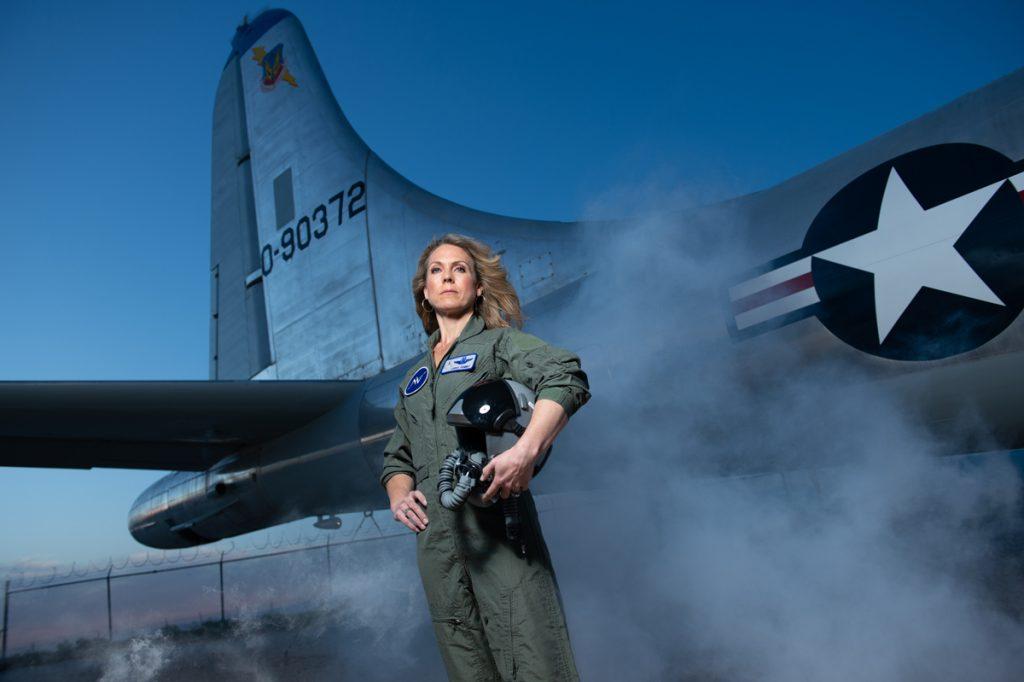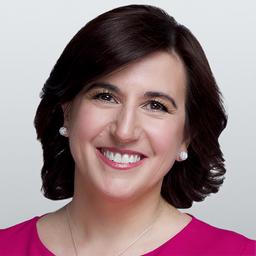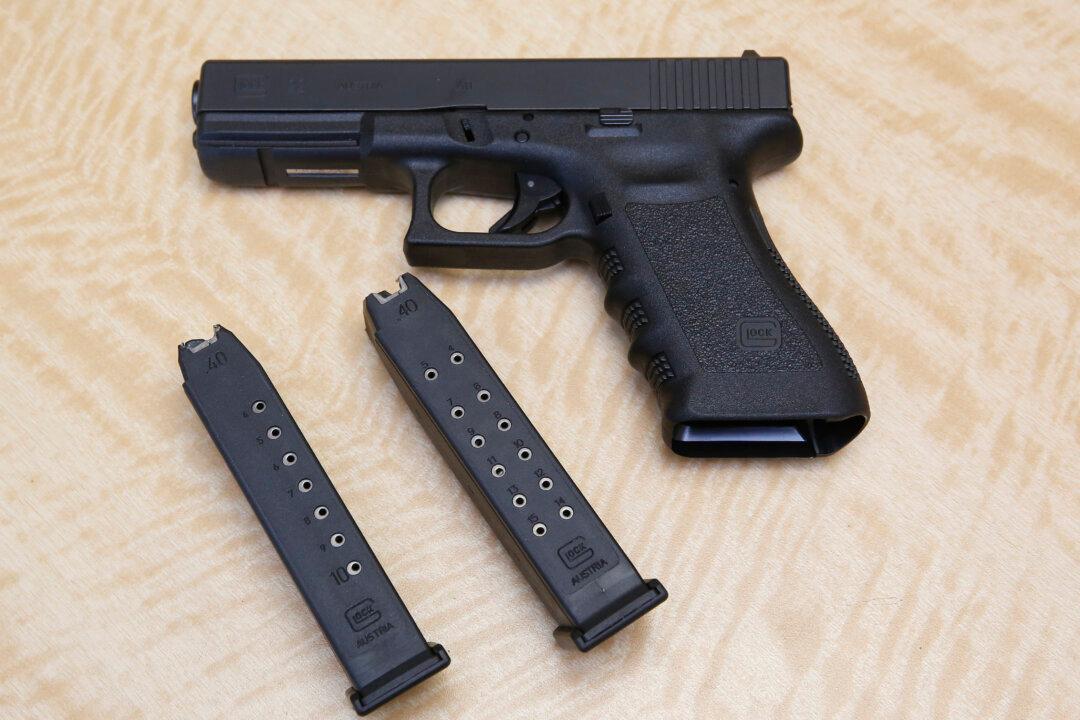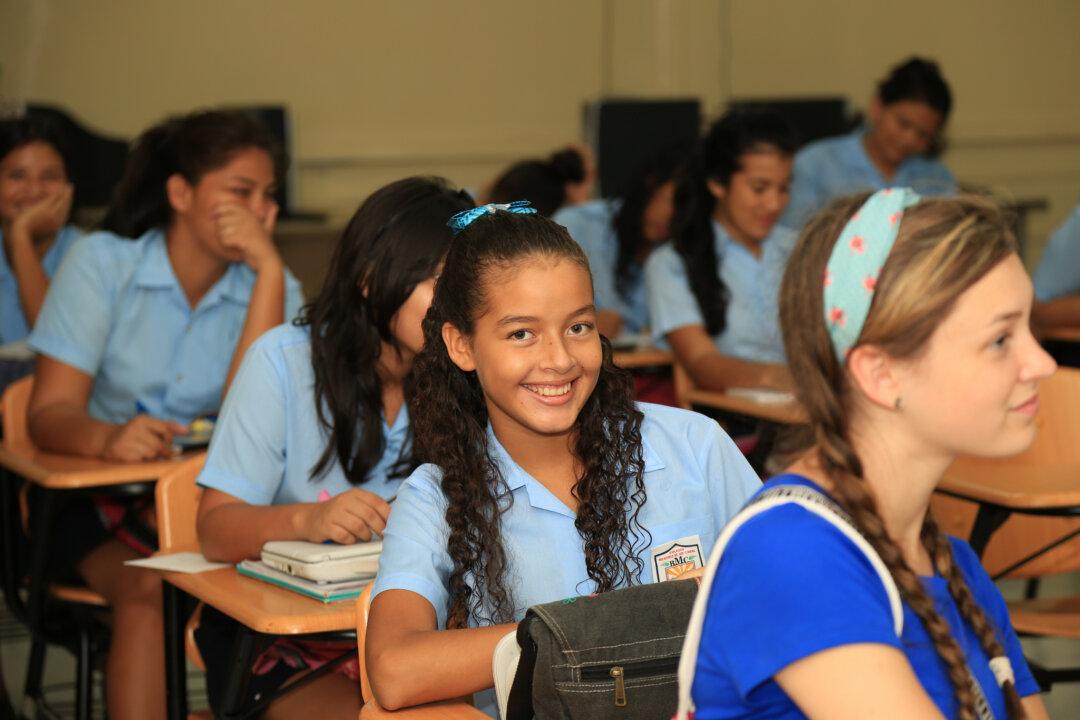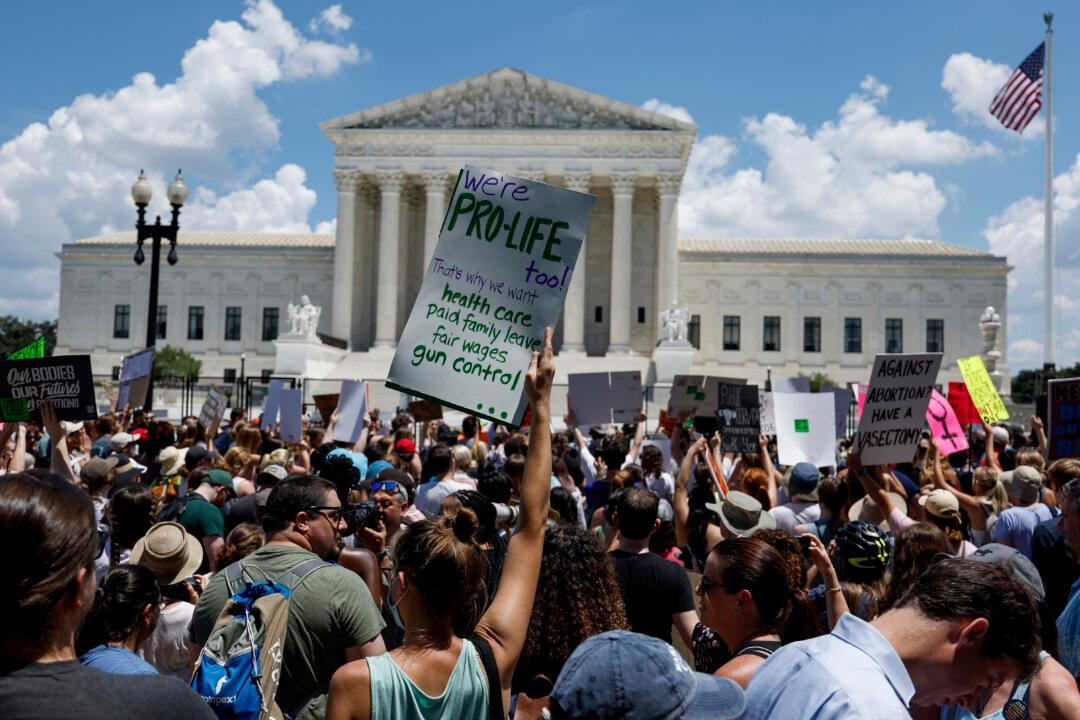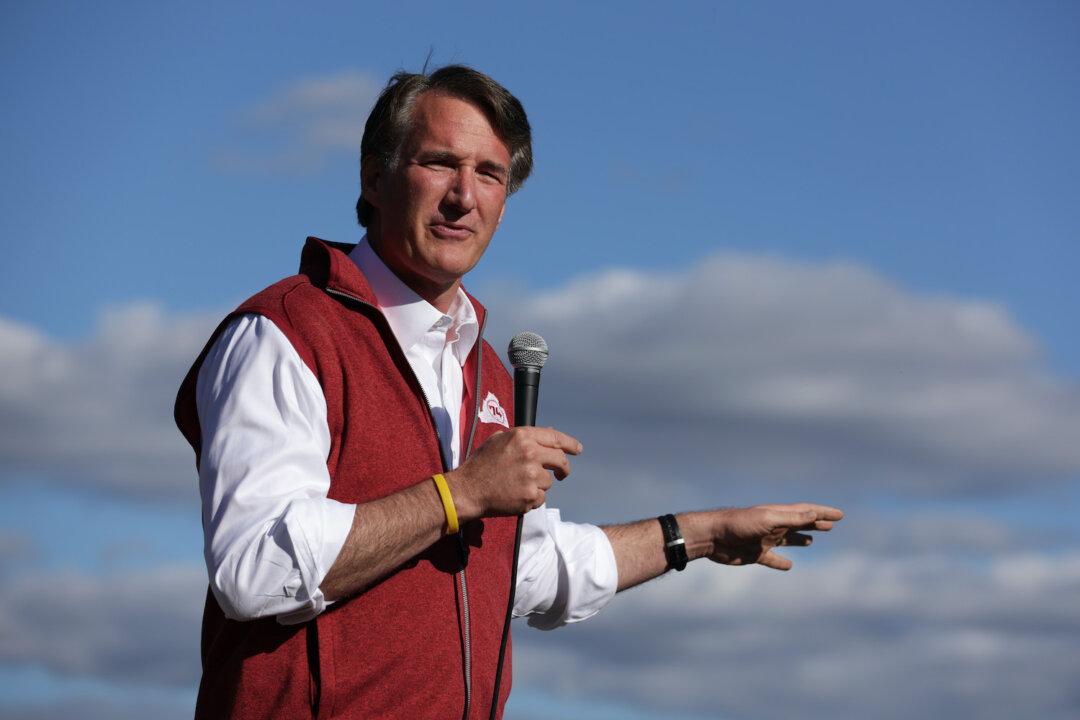Former Lt. Heather “Lucky” Penney was a rookie F-16 fighter jet pilot and a member of the District of Columbia Air National Guard when the Sept. 11, 2001, terrorist attacks occurred.
Sure in her resolve to protect and defend, Penney understood at that time that she and her commander might not return from their mission to ram their jets into the fourth plane—United Airlines Flight 93—that had been hijacked by terrorists that day.
